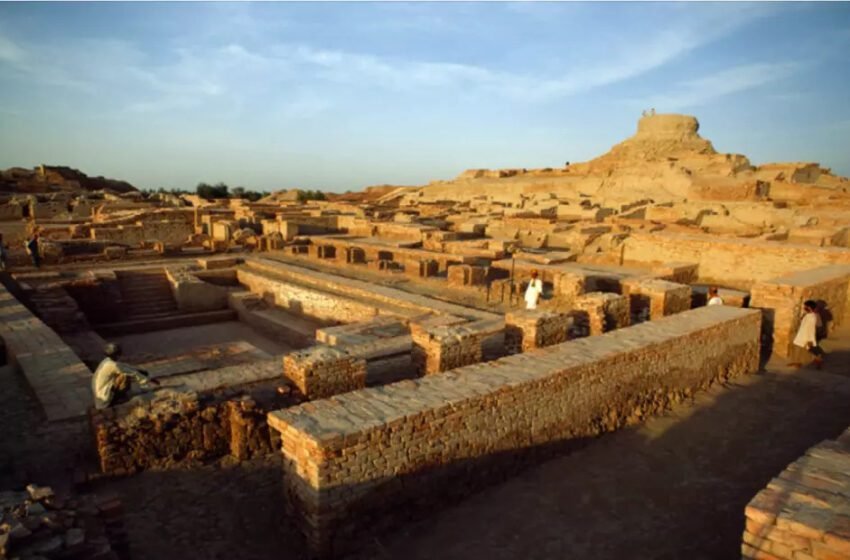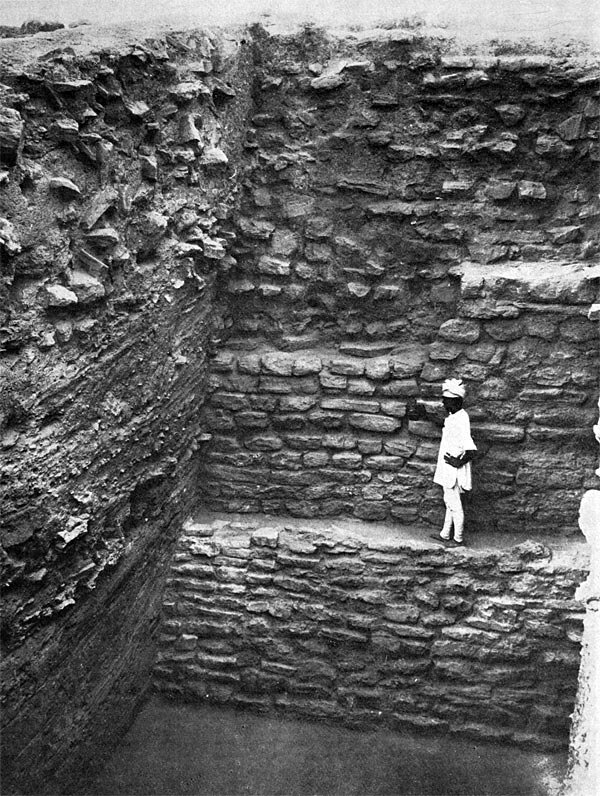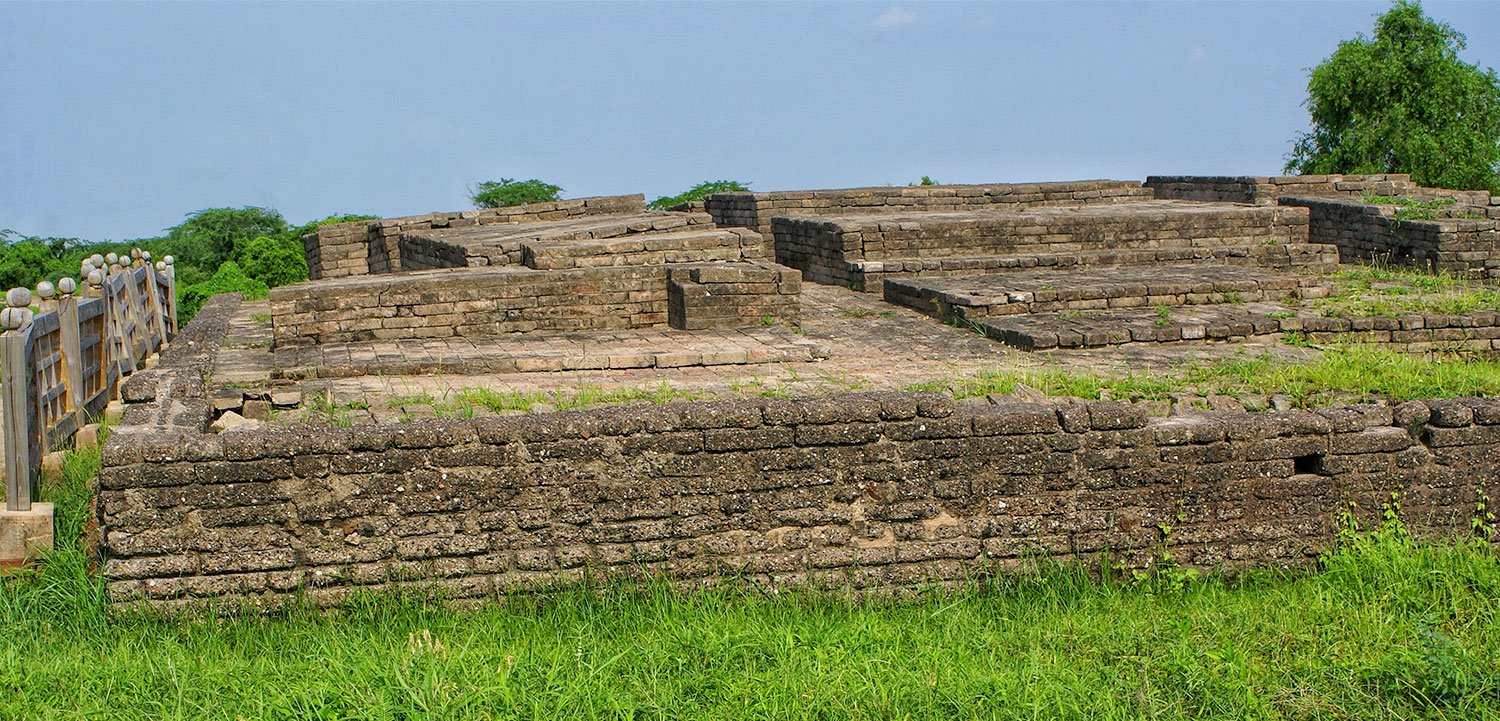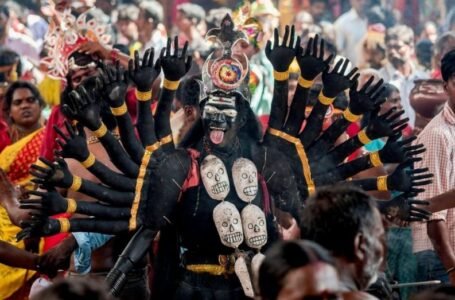Surkotada Speaks: Unearthed Relics from the Cradle of Civilization

Surkotada is one of the lesser known but important archaeological sites of the Indus Valley Civilization. Located in the Kutch region of the Indian state of Gujarat, Surkotada is important for understanding both the urban and rural aspects of this ancient culture. Discovered by the Archaeological Survey of India (ASI) in 1964, this site has given us important new information about the lifestyle, economy, and town planning of the Indus Valley inhabitants. The discovery of horses was not found in other IVC sites, giving Surkotada a unique place in history despite its small size when compared to other famous IVC sites such as Mohenjo-Daro and Harappa.

ORIGIN
Surkotada is thought to have been founded around 2300 BC and it flourished until around 1700 BC. It was an important city that probably served as a trading centre due to its convenient location in the north-east of IVC. Surkotada was built on a hill and was surrounded by bushes that acted as a natural defense. Similarities between the architecture of Surkotada and urban planning strategies at other major IVC sites suggest that its early occupants were migrants from other parts of the Indus Valley Civilisation.
While the period of occupation of the Surkotada site is different from other Harappan and Indus Valley Civilization sites, the dates of Surkotada, although later than other Harappan sites, are similar and aligned with the official dates sites of Lothal and Kalibangan. In other words, the Harrapans might have lived at Surkotada not at the beginning of the Harappan period but almost until the end of its development. The Surkotada site is said to have been inhabited for 400 years.

Situated in present day Kutch of Gujarat, the town’s strategic location and well-thought-out layout facilitated trade with nearby civilizations like Mesopotamia and Persia. Because of its location, Surkotada was able to enable trade in goods and cultural practices between the Indus Valley and other ancient societies.
HISTORY
Famous archaeologist Jagat Pati Joshi, who was the Director General of the Archaeological Survey of India at the time, made the discovery of the site in 1964. Archaeologists have divided the history of settlement in Surkotada into three cultural phases, namely IA, IB and IC.
During the IA period (2100 BC – 1950 BC) surkotada witnessed the earliest occupants who built a citadel with mud-brick and mud-lump fortification, a rubble veneer, and a raised platform. The citadel had two entrances and a well-known sanitary arrangement. The settlement continued until the end of period IB (1950 BC – 1800 BC), when a new wave of people used a new form of pottery and instruments. The end of period IB was marked by a thick layer of ash, indicating widespread conflagration. In the period IC (1800 BC – 1700 BC) the new people followed their predecessors’ layout and built a citadel and residential complex.

Horse remains are among the most important finds at Surkotada; these animals were not typically linked to the Indus Valley Civilization. This caused debate regarding the domestication of horses in the IVC and their significance to the lives of the locals among historians and archaeologists. Like many IVC sites, Surkotada began to deteriorate about 1700 BCE, most likely as a result of changes in the surrounding environment, such as changes in the flow of rivers or protracted droughts.
THE FINDINGS
The horse remains
Overall, its rather proven that horses did not essentially play a very big role in the Indus valley civilization. Surkotada was one of the very rare IVC sites that did indeed cause stir in minds of archaeologists when news of discovery of horse remains here initially came out. During 1974, the Archaeological Survey of India undertook excavations in this site. J. P. Joshi and A. K. Sharma reported findings of bones at all levels (circa 2100-1700 BCE), which they described as horse bones. Expert archaeozoologist like Sándor Bökönyi identified the remains discovered at Surkotada as horse bones.

The discovery was not, however, been welcomed by everyone. Critics believed that the remains might belong to a wild ass, or onager, which were more prevalent in the area at the time. Some argued that the identification could have been erroneous or that the remains could’ve been dated from a phase other than the Harappan.
Other crafts
Trade and the location of the town impacts how craft forms bloom in a place. Beading was one of the main crafts connected to Surkotada. The natives were skilled in crafting elaborate beads out of a variety of materials, such as semi-precious stones, steatite, and shell. These beads were probably traded and used for personal ornamentation. The town’s closeness to the ocean may have made it easier to obtain marine resources, such as shells, which were used to make tools and decorations.

Another significant craft in Surkotada was pottery. The town’s potters created a variety of objects, such as dishes, bowls, and jars. Similar ceramic styles can be found at Surkotada and other IVC sites, suggesting that the civilization as a whole shared the same cultural history. These crafts not only served practical purposes but also played a role in the town’s trade activities, both within the IVC and with neighbouring civilizations.
CURRENT SCENERIO
Surkotada is currently located in Gujarat, India’s Kutch area in the Rapar Taluka. 160 kilometres northeast of Bhuj is the location of the Indus Valley Civilization archaeological site. It is a smaller fortified IVC site with 1.4 hectares (3.5 acres) in area.

The lack of information regarding Surkotada’s historical value and its disconnected location have contributed to the limited efforts made to preserve it. However, by carrying out occasional excavations and studies, the Archaeological Survey of India (ASI) has taken action to safeguard the location. Additionally, the ASI has put in place fundamental safeguards to stop the site from further deteriorating, like fencing off specific areas and posting signs alerting visitors to the significance of the place.

The fortress walls, streets, and houses are still partially visible despite the site’s partial degradation. The mud-brick buildings in Kutch have suffered greatly from the severe desert climate, and over time, most of the town has crumbled to ruin. In spite of this, Surkotada provides priceless insights on the culture, architecture, and urban planning of the IVC.


